Attached files
| file | filename |
|---|---|
| 8-K - FORM 8-K - ALMOST FAMILY INC | form8k.htm |
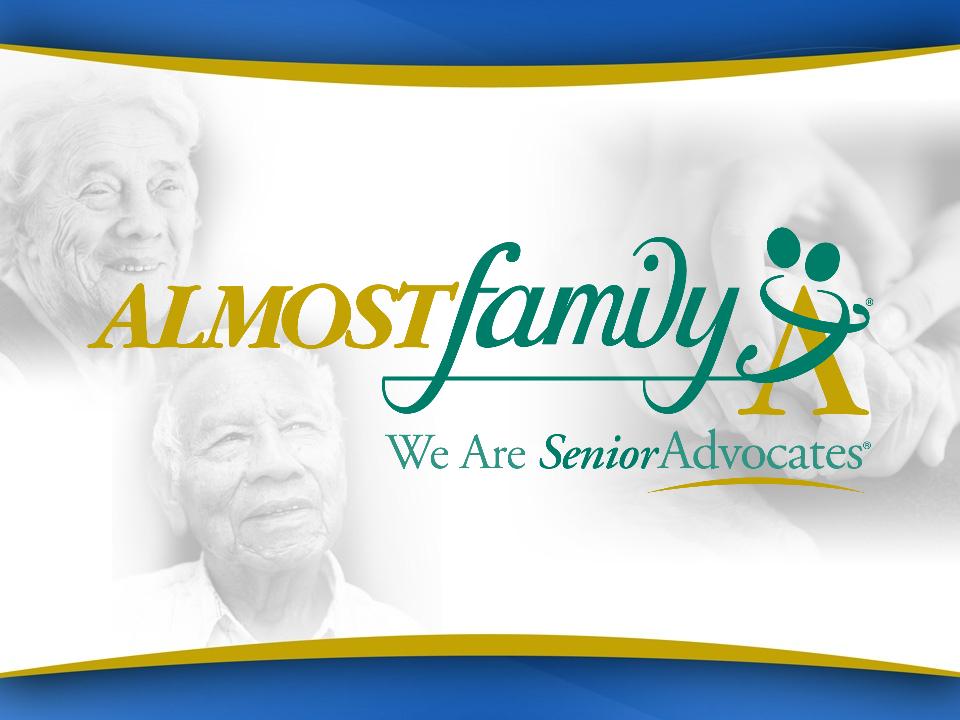
November 2011

Forward Looking Statements
This presentation contains, and answers given to questions that may be asked today may constitute, forward-looking
statements that are subject to a number of risks and uncertainties, many of which are outside our control. All
statements regarding our strategy, future operations, financial position, estimated revenues or losses, projected costs,
prospects, plans and objectives, other than statements of historical fact included in the presentation, are forward-
looking statements. When used in this presentation or in answers given to questions asked today, the words “may,”
“will,” “could,” “would,” “expect,” “intend,” “plan,” “anticipate,” “believe,” “estimate,” “project,” “potential,” “continue,” and
similar expressions are intended to identify forward-looking statements, although not all forward-looking statements
contain these identifying words. You should not place undue reliance on forward-looking statements. While we believe
that we have a reasonable basis for each forward-looking statement that we make, we caution you that these
statements are based on a combination of facts and factors currently known by us and projections of future events or
conditions, about which we cannot be certain. For a more complete discussion regarding these and other factors which
could affect the Company's financial performance, refer to the Company's various filings with the Securities and
Exchange Commission, including its filing on Form 10-K for the year ended December 31, 2010 and subsequently filed
Forms 10-Q, in particular information under the headings "Special Caution Regarding Forward-Looking Statements"
and “Risk Factors.” These cautionary statements qualify all of the forward-looking statements. In addition, market and
industry statistics contained in this presentation are based on information available to us that we believe is accurate.
This information is generally based on publications that are not produced for purposes of securities offerings or
economic analysis.
statements that are subject to a number of risks and uncertainties, many of which are outside our control. All
statements regarding our strategy, future operations, financial position, estimated revenues or losses, projected costs,
prospects, plans and objectives, other than statements of historical fact included in the presentation, are forward-
looking statements. When used in this presentation or in answers given to questions asked today, the words “may,”
“will,” “could,” “would,” “expect,” “intend,” “plan,” “anticipate,” “believe,” “estimate,” “project,” “potential,” “continue,” and
similar expressions are intended to identify forward-looking statements, although not all forward-looking statements
contain these identifying words. You should not place undue reliance on forward-looking statements. While we believe
that we have a reasonable basis for each forward-looking statement that we make, we caution you that these
statements are based on a combination of facts and factors currently known by us and projections of future events or
conditions, about which we cannot be certain. For a more complete discussion regarding these and other factors which
could affect the Company's financial performance, refer to the Company's various filings with the Securities and
Exchange Commission, including its filing on Form 10-K for the year ended December 31, 2010 and subsequently filed
Forms 10-Q, in particular information under the headings "Special Caution Regarding Forward-Looking Statements"
and “Risk Factors.” These cautionary statements qualify all of the forward-looking statements. In addition, market and
industry statistics contained in this presentation are based on information available to us that we believe is accurate.
This information is generally based on publications that are not produced for purposes of securities offerings or
economic analysis.
All forward-looking statements speak only as of the date of this presentation. Except as required by law, we assume
no obligation to update these forward-looking statements publicly or to update the factors that could cause actual
results to differ materially, even if new information becomes available in the future.
no obligation to update these forward-looking statements publicly or to update the factors that could cause actual
results to differ materially, even if new information becomes available in the future.
2

Almost Family
Overview
Overview

Almost Family
Founded in Louisville KY - 1976
Two Home Health Segments:
- Visiting Nurse, Medicare-certified
Skilled (~82% of Revenue)
- Personal Care, primarily Medicaid-Waiver
Non-skilled (~18% of Revenue)
Revenue Run Rate of approximately
$370 Million
$370 Million
4

AFAM - Business Thesis
þ Compelling demographics and fragmentation present
long-term opportunity - outweigh short-term
regulatory pressures
long-term opportunity - outweigh short-term
regulatory pressures
þ Long history of outstanding revenue and earnings
growth
growth
þ Strong geographic cluster focus, cash flows and
capital structure
capital structure
þ Proven ability to grow the platform with a balanced
approach - organic and acquisitions
approach - organic and acquisitions
5

Almost Family
Northeast Cluster
Southeast Cluster
Midwest Cluster
6
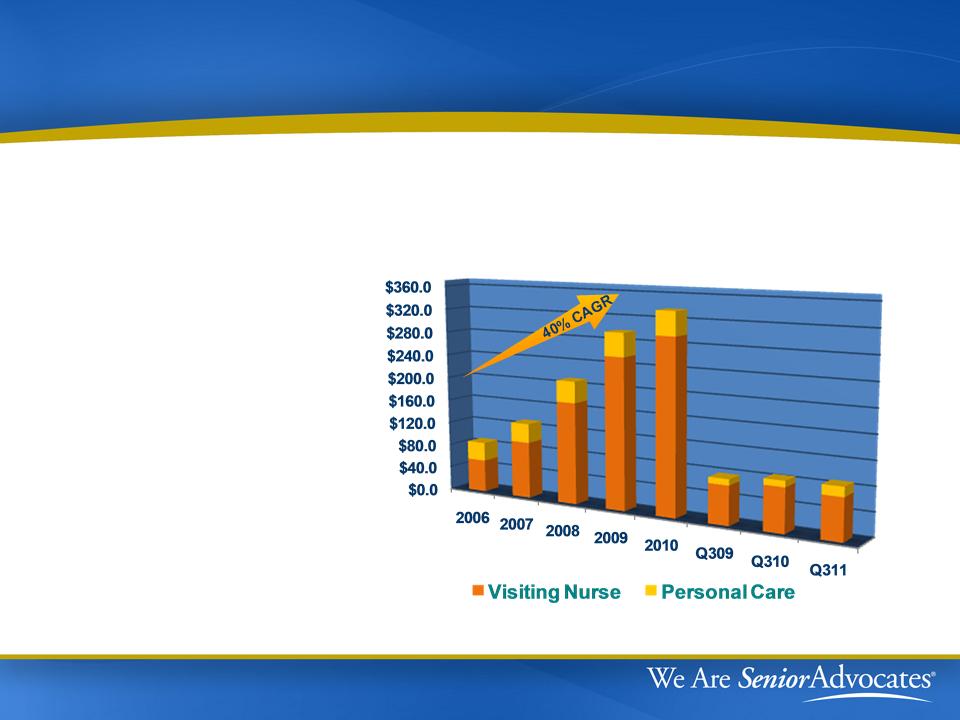
Almost Family
($Millions)
$86.6
$209.3
$75.8
Revenue
Track Record of
Strong Performance
- 4 Yr CAGR Revenue 40%
- 4 Yr CAGR EPS 42%
- Last 4 Yrs:
- 58% Organic Growth
- Acquired $156 Million
in Revenue
$128.8
7
$296.0
$84.4
$86.2
$335.3
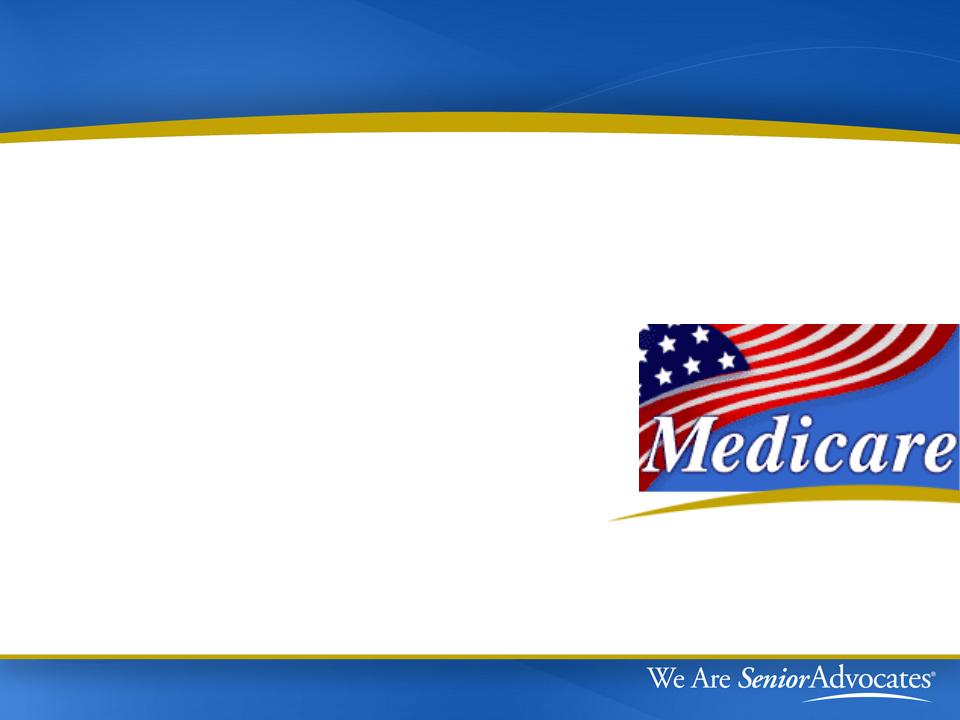
Characteristics of Medicare Population
Source: Kaiser Family Foundation Medicare Primer 2009
45 million beneficiaries
- Limited Resources - 1 out of 2 have income of less than
$21,000 (near poverty level)
- 1 out of 3 - have 3 or more chronic health conditions
- 1 out of 3 - have cognitive or mental impairment
- 1 out of 3 - are in poor health
- 1 out of 5 - have significant limitations in activities
of daily living
- 1 out of 8 - is over 85 years old
- 1 out of 20 - lives in a nursing home
8
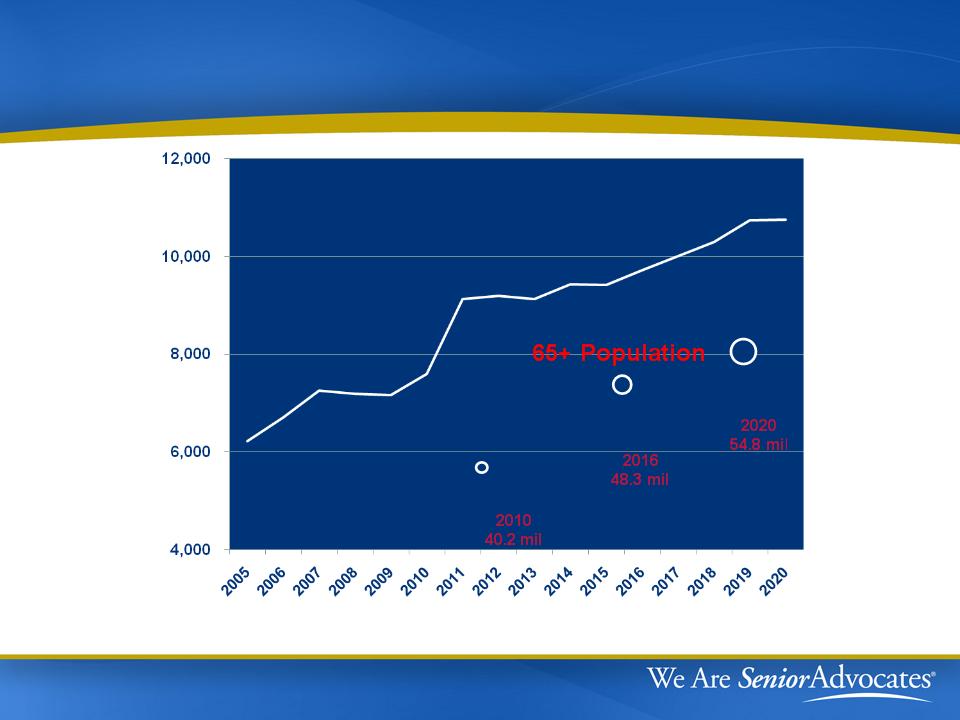
Number of New 65 Year Olds Per Day
9
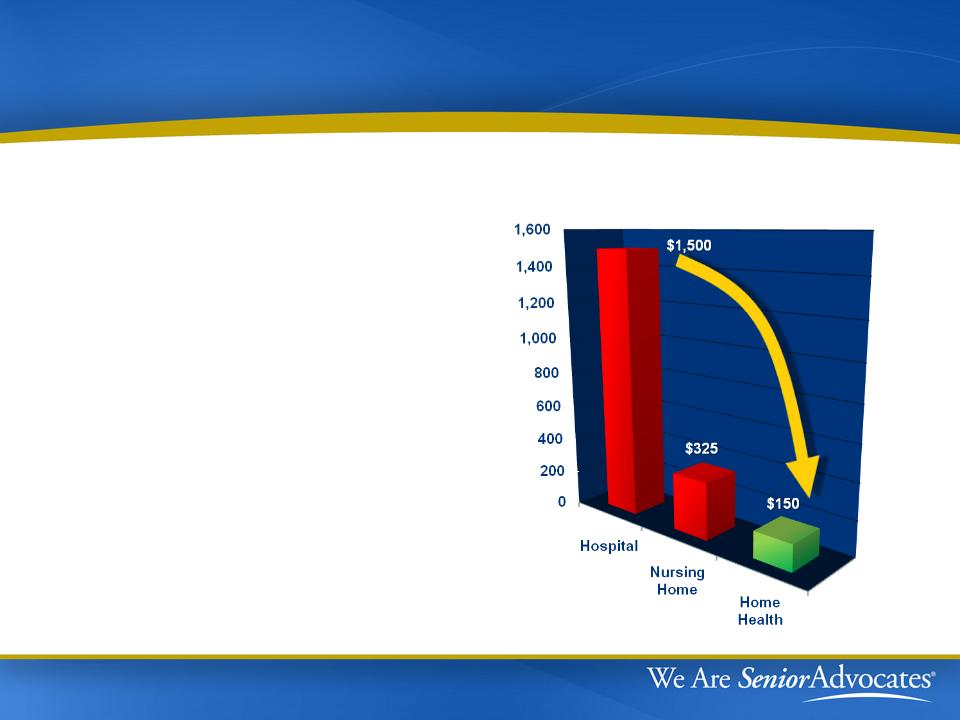
The Benefits of Home Health Care
Bending the Cost Curve
- Lower cost per day vs.
hospital & nursing homes
hospital & nursing homes
- Lower costs to Medicare
Program
Program
- Prevents mild exacerbations
from escalating into critical
situations
from escalating into critical
situations
Cost per day
10

Who Receives Home Health Care?
Over 3.5 million Americans
rely on home health care to stay
in their homes.
- 80+ year old, sick patients
- Chronic conditions, sickest of the sick
- Want to “Age in Place”, out of
hospitals & nursing homes
- Want to restore their ability to care
for themselves
11
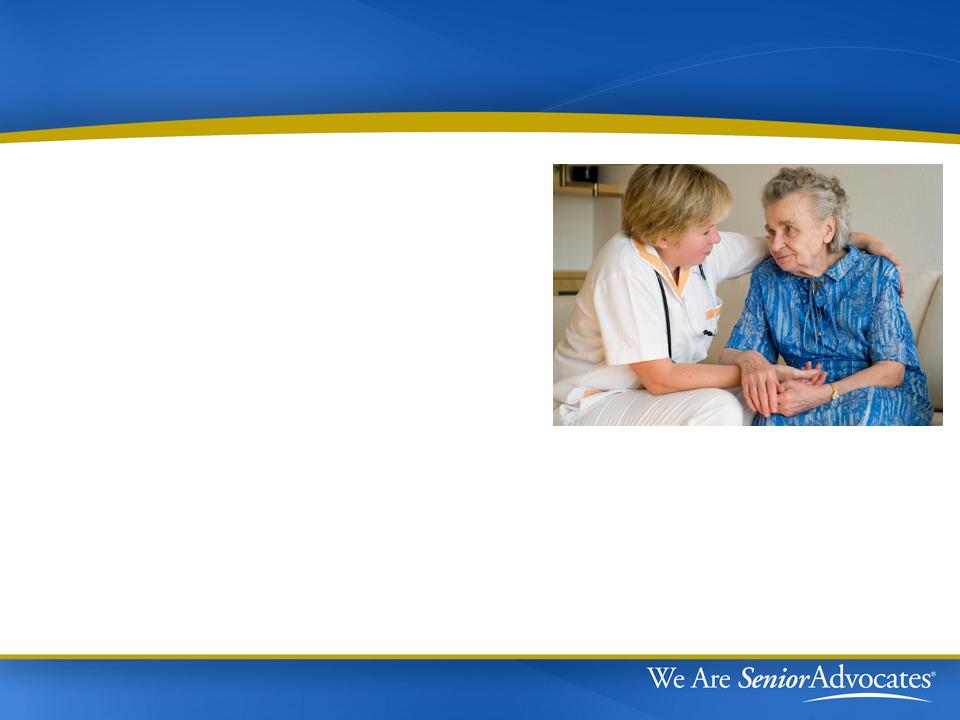
Home Health Evolving as a Broader
Solution
Solution
12
Industry evolving from post-
hospital stay to serve broader
category of patients:
hospital stay to serve broader
category of patients:
-Still serving hospital discharged
“post-acute” patients - Shorten length
of stay
“post-acute” patients - Shorten length
of stay
- Evolving to serve more chronically
ill patients on a “pre-acute” basis to
avoid unnecessary hospitalizations
ill patients on a “pre-acute” basis to
avoid unnecessary hospitalizations
-Hospital Inpatient stays down 4%
over 5 years
over 5 years

Our Mission - “We Are Senior Advocates”
One Shared Goal - allow
Seniors to “Age in Place”
at home at a lower cost to
Medicare
Seniors to “Age in Place”
at home at a lower cost to
Medicare
Advocates on behalf of the
sick & elderly
sick & elderly
Make lives of elderly, acute
& chronically ill better
& chronically ill better
Backbone of who we are &
how we run our business
13

Local Market Emphasis
Managing Successfully by:
Placing Senior Management
closer to local markets
Local “Course Knowledge”
hometown business
hometown business
Growing locally based sales &
marketing staff
marketing staff
Standard local office operating model,
with local office flexibility in
marketing & clinical programs
with local office flexibility in
marketing & clinical programs
14
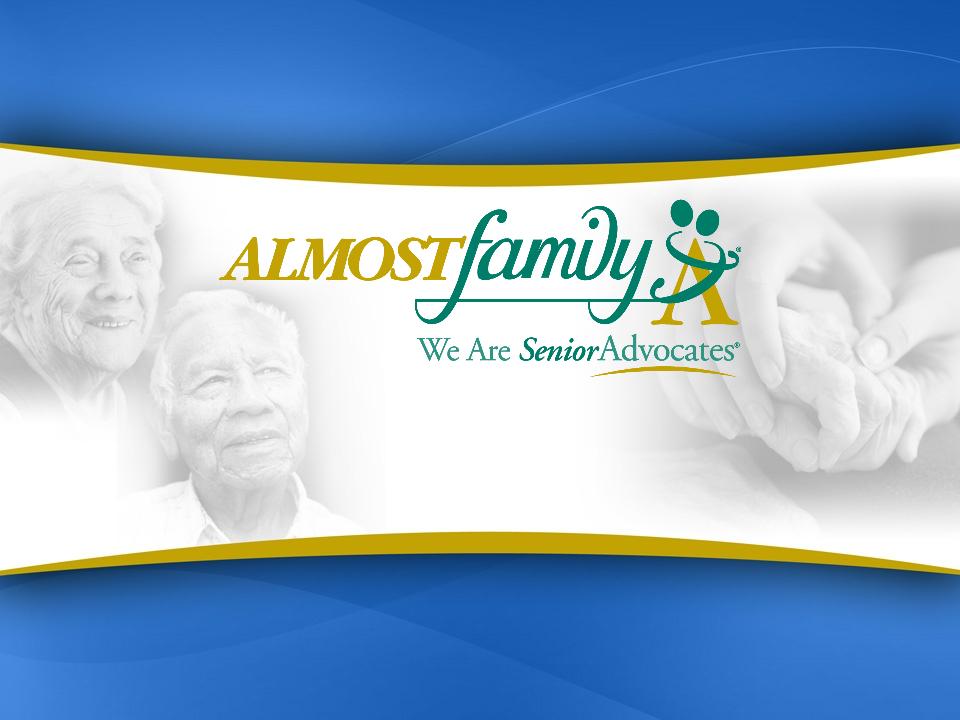
Regulatory Front
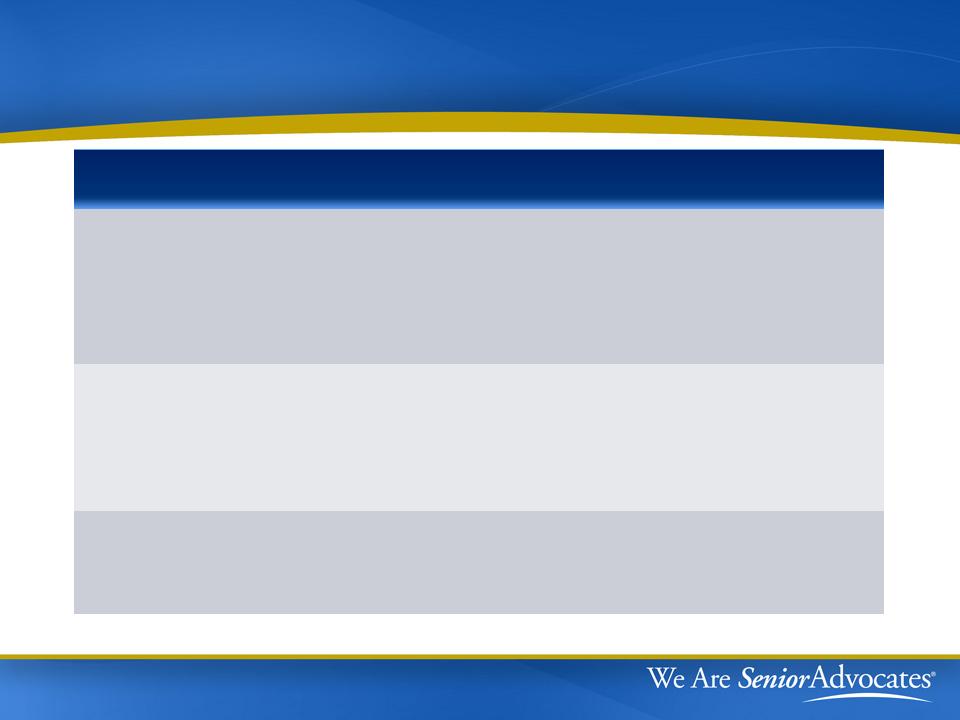
2011 Medicare Changes
|
Topic
|
Discussion
|
|
Reimbursement
Rate Cut |
~ 5.2% cut in national payment rate -
reduced margins ($11.5M reduction to YTD Q3 2011 revenue) |
|
Physician Face-
to-Face Encounter |
Agencies must get documentation of
encounter 90 days before or 30 days after admit |
|
Therapy
Reassessments |
Agencies must reassess therapy
need at 30 days and visits 13 and 19 |
16

2012 Medicare Changes
|
Topic
|
Discussion
|
|
Reimbursement
Rate Cut |
• “Market basket update” rate increase of 1.4%
• “Case mix creep” adjustment of 3.79%
• Effective rate cut of approximately 2.31%
nationwide |
|
Other changes
|
• Reduced payments for high therapy episodes
• Removed two hypertension codes
• Recalibrated case-mix weights
• Shifted a -1.32% case-mix adjustment to 2013
|
|
Impact on
AFAM reimbursement |
• Preliminary analysis indicates 5.0 to 5.5%
effective 2012 rate cut for AFAM with Q4 2011 phase-in |
17
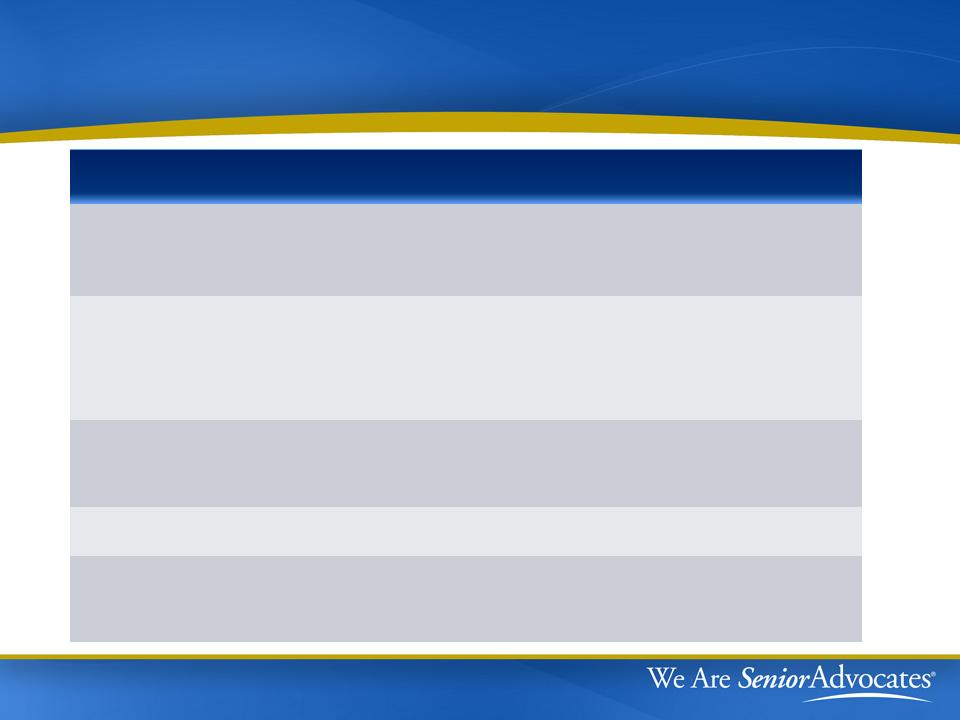
PPACA Long-Term Impact
|
Topic
|
Impact
|
|
Market Basket
Updates |
Reduces updates by 1% in 2011,
2012 and 2013 |
|
Re-basing
Rates |
Begin 2014, phased in over 4 years
with adjustments limited to 3.5% per year |
|
Productivity
Adjustment |
Begin 2015
|
|
Rural Add-on
|
3% in 4/1/2010 - 2015
|
|
Outlier Cap
|
10% of revenue beginning 2011
(implemented by CMS in 2010)
|
18
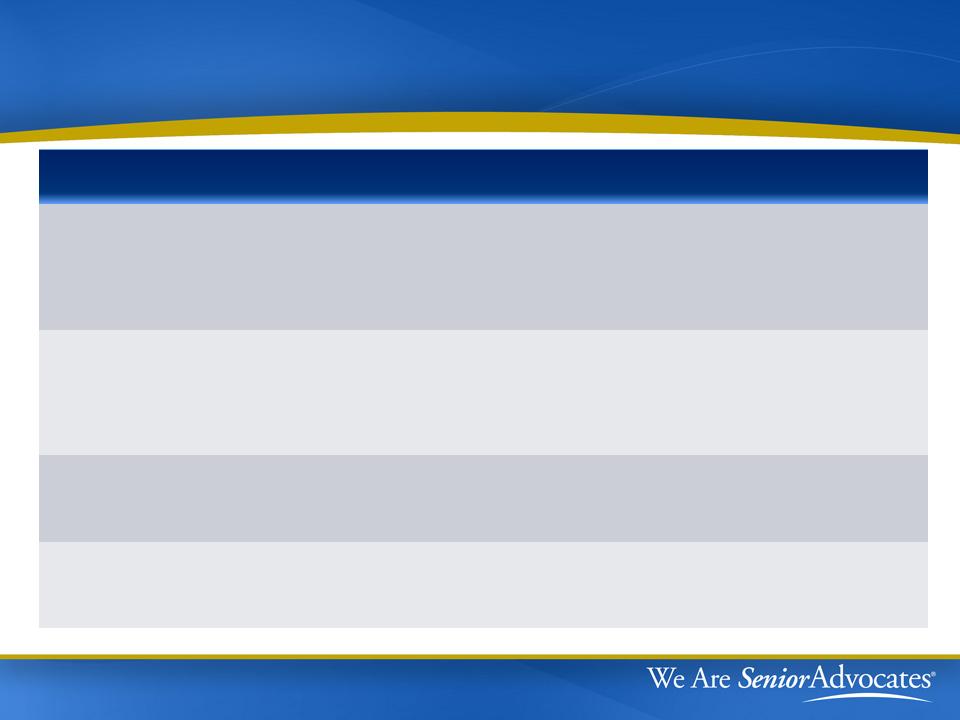
MedPac 2011 Recommendations
|
Number
|
Recommendation
|
|
8-1
|
CMS should improve controls in counties
with aberrant utilization, suspend payment if fraud indicated |
|
8-2
|
Accelerate rebasing to two year phase-in
starting 2013, eliminate 2012 market basket update |
|
8-3
|
Revise HH PPS to remove number of
therapy visits as a payment factor |
|
8-4
|
Establish co-pay for episodes not
preceded by an inpatient stay |
19
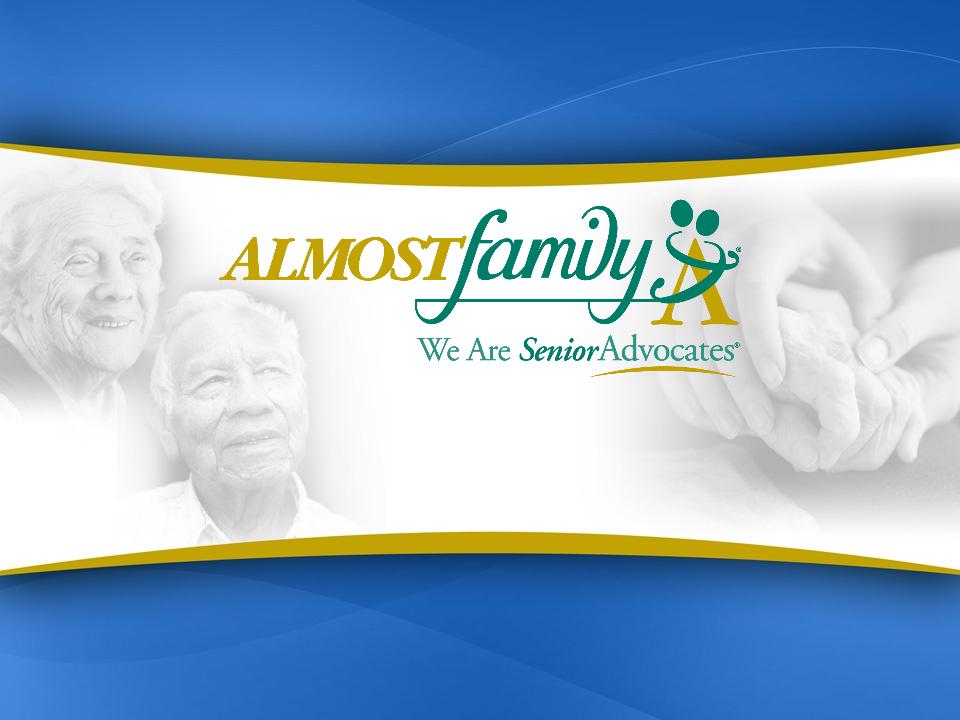
Financial Highlights
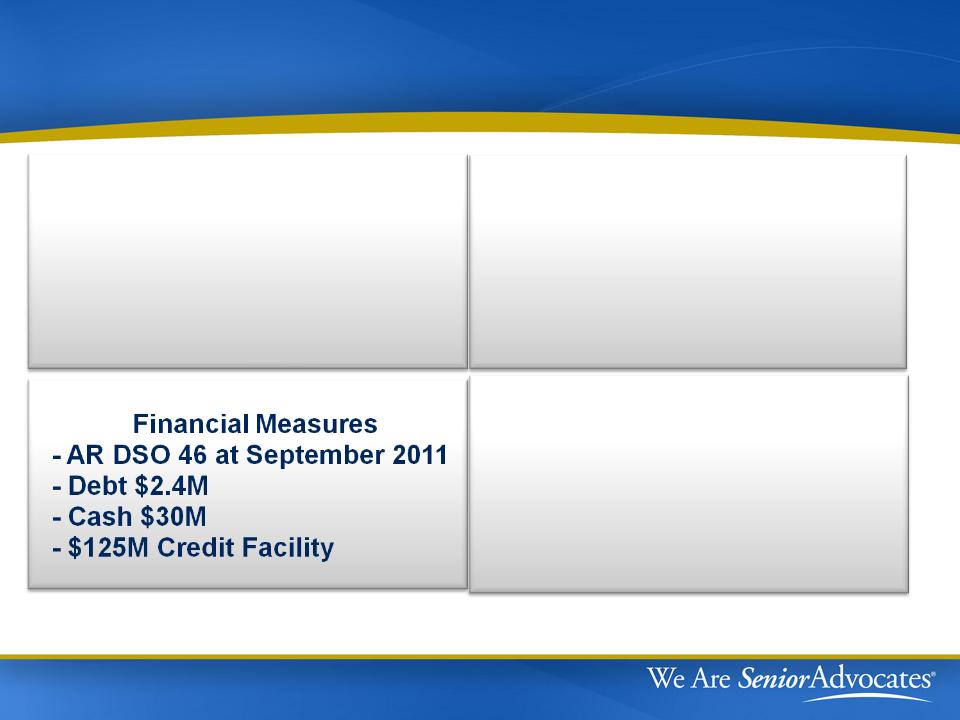
2010 and YTD Q3 11 Highlights
YE2010 YTD
- Revenues +13% -
- Diluted EPS +15% -35%
- MCR Admissions +12% + 7%
- MCR Episodes +12% + 3%
21
Organic Medicare Growth
YE2010 YTD
- Admissions +11% +5%
- Episodes +12% +3%
Cambridge Acquisition
- $6.2M Revenue and $0.06 EPS
for 2 months in Q3
- Transition proceeding
according to expectations
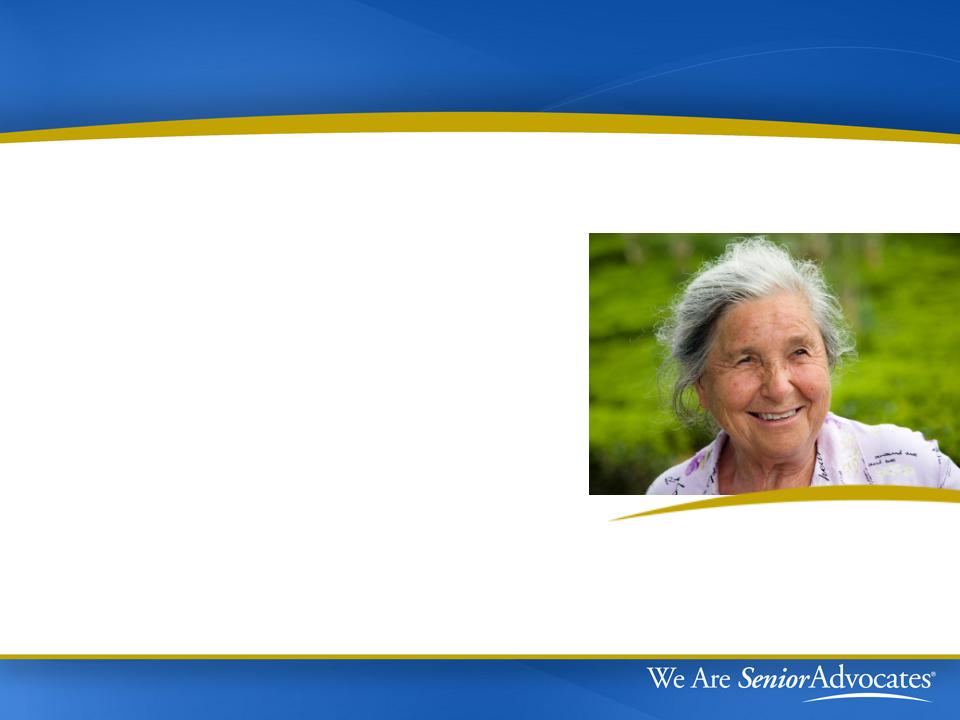
Investment Highlights
Annual Revenue run rate over $370 million
Leading Regional Home Health Provider
- 40% four year revenue CAGR
- Decentralized operating model
Strong Capital Position
- $155 million immediately available
for future growth
Disciplined Approach to acquisitions driven
by Seasoned Management
Growing Force in consolidating home health care market
- 10 acquisitions in four years
- Three geographic clusters: Northeast, Southeast & Midwest
22

Contact Information
23
